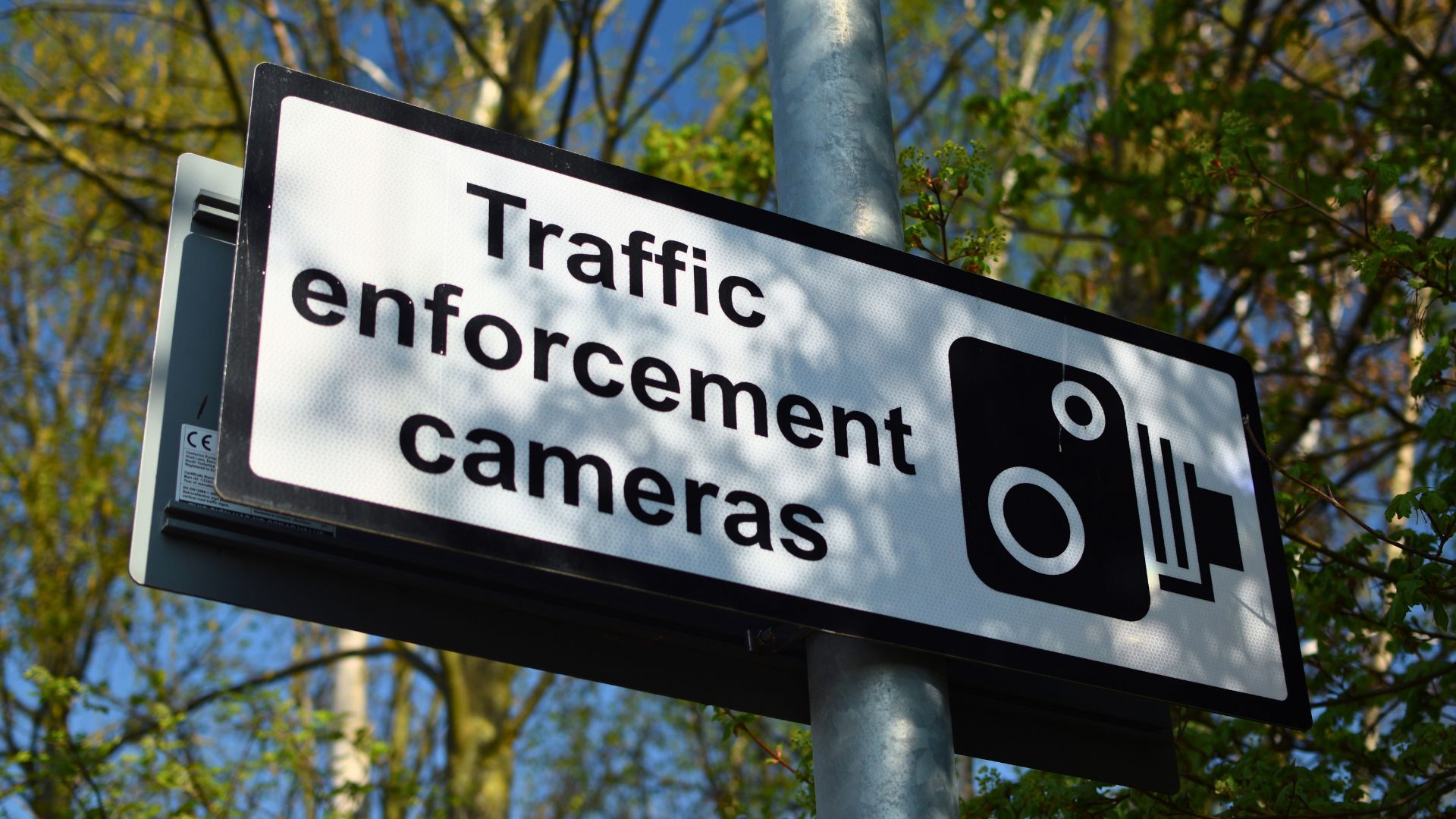When it comes to traffic safety, technology alone is not enough. Automated Traffic Enforcement (ATE) programs, whether speed or red-light enforcement, deliver measurable improvements in compliance and crash reduction. But the real success of these programs often depends on something less tangible: public understanding and support.
At Elovate, we’ve seen first-hand how well-designed public education campaigns transform the effectiveness of ATE. When residents understand why enforcement is happening, why it’s effective, how the technology works, and where revenues are directed, compliance grows, crash numbers decline, and community trust strengthens.
Why Public Buy-In Matters
Research and experience consistently show that driver behavior improves most when education and enforcement work hand-in-hand. ATE programs that are rolled out with clear, transparent communication, even ahead of the launch, achieve higher compliance rates more quickly than those that are introduced without it.
A 2023 national survey indicated that 45% of drivers support speed safety cameras for tracking high-speed offenders on residential streets. And research shows that public support for red-light camera programs remains strong when safety, not revenue, is emphasized. However, support often lacks when enforcement is perceived primarily as a revenue generator.
Public acceptance doesn’t just help programs get off the ground, it also ensures their long-term sustainability. When residents believe the program is fair and effective, compliance becomes a norm rather than a grudging obligation or a perceived threat to privacy, which it factually isn’t.
A Case Study: Albuquerque, New Mexico
The City of Albuquerque provides a strong example of how education drives acceptance. When automated speed enforcement was first introduced, skepticism existed. The city invested in on-going outreach campaigns that highlight the program’s sole goal: saving lives.
Dan Mayfield, Public Information Officer with the city of Albuquerque, noted in an interview that residents soon began seeing the benefits for themselves, especially since fatal accidents went down by 20% within less than a year. He stated further that one of the top requests coming into the mayor’s office from residents is for more speed cameras in their neighborhoods, underscoring how strongly the community values this initiative. That level of community demand is a powerful measure of success. It reflects not only confidence in the system, but also a recognition that enforcement is protecting families and making roads safer.
How Education Translates to Safer Roads
Public education shapes outcomes in three efficient ways:
- Improved Compliance Rates – Programs that launch with broad communication campaigns consistently see faster reductions in speeding and red-light violations. For example, jurisdictions supported by Elovate have recorded compliance rates above 80% within the first years of program operation, reducing repeat offenses and normalizing safer driving.
- Reduced Crashes and Severity – With higher compliance comes tangible safety outcomes. One of our school-zone programs recorded a 41% reduction in collisions in a single year after cameras were paired with community outreach and transparent data reporting.
- Increased Trust in Public Agencies – Residents who understand that ATE programs are data-driven, equitable, and designed for safety, not revenue, develop stronger trust in local transportation leaders. Transparent dashboards, community forums, and educational materials all reinforce this trust.
Elovate’s Role in Public Education
Elovate’s public education support is designed to help municipalities not only launch enforcement programs but also build long-term public confidence. We partner with cities to help them deliver outreach campaigns that explain how enforcement works, why it matters, and what results residents can expect. Our portfolio includes:
- Campaign Development Support – Comprehensive brochures, handouts, videos, website input, and social media templates that break down complex enforcement topics into clear, accessible messaging.
- Community Outreach Programs – Support with customized communication strategies for schools, neighborhoods, and media outlets, so residents receive timely, relevant, and easy-to-understand information.
- Data Transparency Tools – Public-facing infographics, fact sheets, and reports that clearly demonstrate program outcomes such as reduced crashes, improved compliance, and safer roads.
- Equity and Fairness Messaging – Materials that reinforce consistent application of enforcement and highlight how programs protect all road users, especially vulnerable populations.
By weaving these communication strategies into every enforcement rollout, Elovate helps municipalities drive greater compliance, reinforce community trust, and demonstrate measurable safety gains.
Acceptance Trends: North America and Beyond
While skepticism toward ATE was once common in North America, trends are shifting. By November 2022, over 45 American cities had adopted Vision Zero policies to reduce speeds and improve road safety. School-zone safety cameras are becoming more accepted as parents and educators increasingly advocate for measures that protect children. In Europe, where automated enforcement has been widely used for decades, public acceptance is high. Countries such as Sweden, France, and the UK have normalized camera enforcement as part of everyday road safety. This international experience demonstrates that acceptance grows over time, especially when programs deliver visible safety benefits. North America is following that path, with more communities adopting automated traffic enforcement as a standard element of their Vision Zero toolkits.
The Bottom Line
Automated Traffic Enforcement saves lives, but its effectiveness is amplified when residents understand and support the programs. Public education is the bridge between policy and community trust.
At Elovate, we’ve seen the difference that transparent communication, community engagement, and consistent data reporting can make. In Albuquerque, as in many other cities across North America, the community went from questioning cameras to asking for more of them. In school zones, parents and educators are becoming vocal champions for enforcement. And across North America, acceptance is steadily rising as drivers see the results: fewer crashes, safer roads, and stronger communities.
When education and enforcement work together, the implementation of ATE programs not only gets easier, but compliance and safety outcomes are also far greater.






